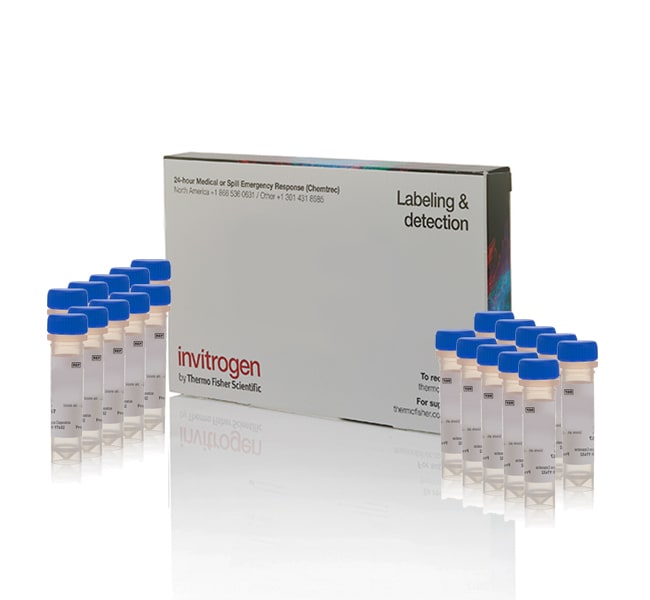Search Thermo Fisher Scientific

CoroNa™ Green, AM, cell permeant - Special Packaging
 Promotion
Promotion Promotion
Promotion| Catalog Number | Quantity |
|---|---|
C36676 | 20 x 50 μg |
Learn more about ion indicators including calcium, potassium, pH, and membrane potential indicators ›
Customers who viewed this item also viewed
Documents & Downloads
Certificates
Safety Data Sheets
Product Information
Molecular Probes® Handbook
Frequently asked questions (FAQs)
Regardless of the type of live-cell indicator dye (e.g., calcium indicators, pH indicator, metal ion indicators), make sure there is no serum during the loading step, which can prematurely cleave dyes with AM esters and bind dyes non-specifically. Always optimize the dye concentration and staining time with a positive control before you run your test samples, to give the best signal-to-background. Always run a positive control with a buffer containing free ions of known concentration and an ionophore to open pores to those ions (for instance, for calcium indicators like Fluo-4 AM, this would include a buffer with added calcium combined with calcimycin, or for pH indicators, buffers of different pHs combined with nigericin). Reactive oxygen indicators, such as CellROX Green or H2DCFDA would require a cellular reactive oxygen species (ROS) stimulant as a positive control, such as menadione. Finally, make sure your imaging system has a sensitive detector. Plate readers, for instance, have much lower detector efficiency over background, compared to microscopy or flow cytometry.
Find additional tips, troubleshooting help, and resources within our Cell Analysis Support Center.